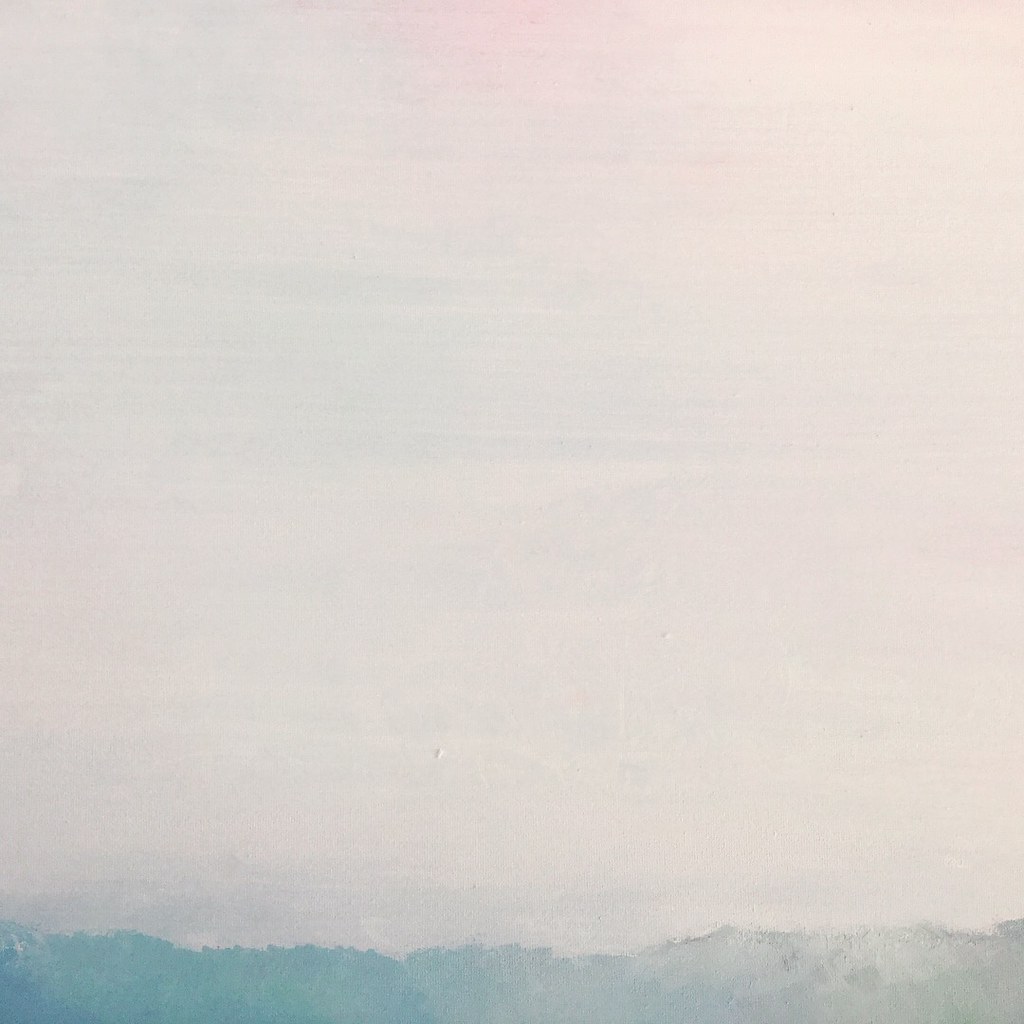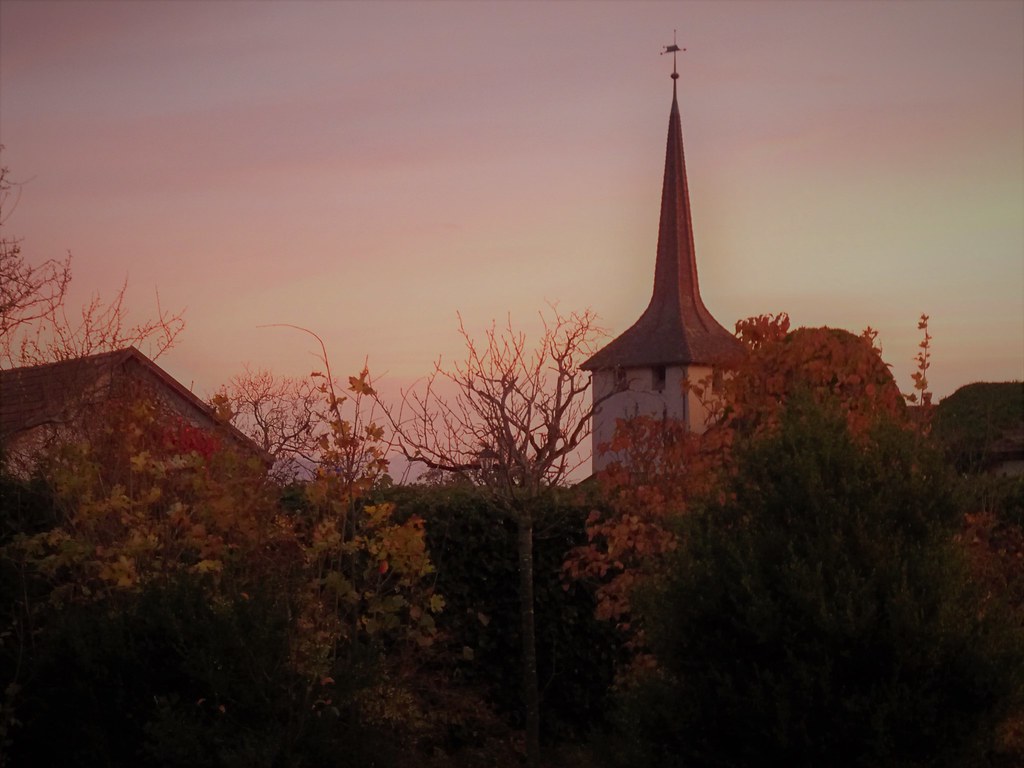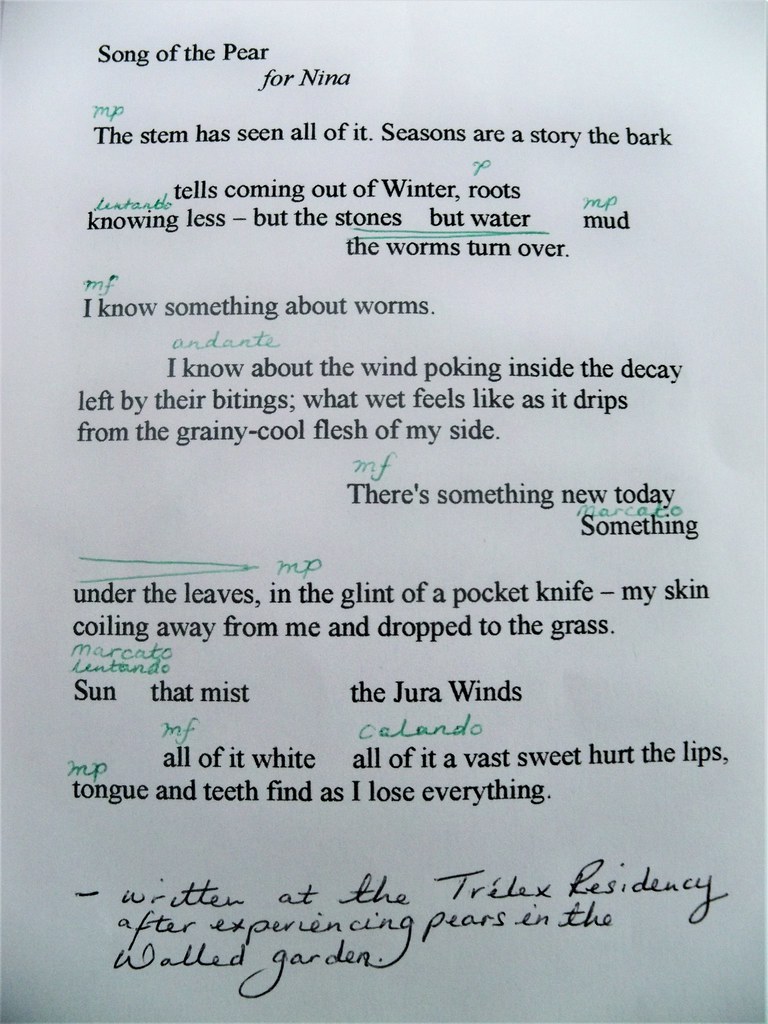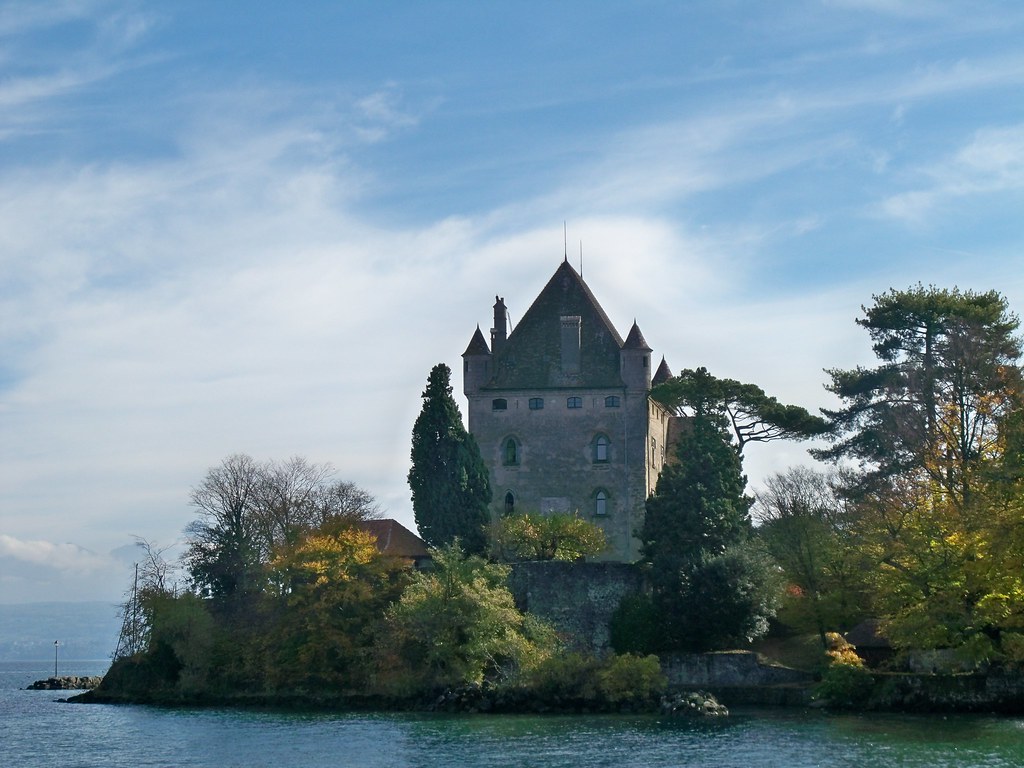31 Oct - 23 Nov 2017
“When people concentrate on the idea of beauty, they are, without realizing it, confronted with the darkest thoughts that exist in this world. That, I suppose, is how human beings are made.” ― Yukio Mishima, The Temple of the Golden Pavilion
Here at the Trélex residency, I am surrounded by all that is beautiful and pure. Air--pollution free. Nature-- mountains all around me. Nurture-- a warm home to think and create..
 |
| Smog from my window in China |
The dark foreboding of cameras and guards that greet me at every step in my neighborhood.
As the orange leaves and red rooftops of Trélex and dark leafy green peaks of surrounding Jura seek to make an impression, my subconscious remains assaulted by grey or pollution, metallic compounds, architecture and chemical-laden air.
During this residency, I am working on a variety of projects.
 |
| Drawing scenes of scenes at the window for further research on color |
Reading books found in the book collection in my room, to understand the definition of sublime and subconscious, thematic concepts in my paintings.
Editing video clips of daily morning window views from Beijing to supplement a series of oil paintings I have been working on in my home studio.
 |
| Paintings in progress at Trelex |
Visiting art exhibits in Lausanne, Geneva, Basel and bordering Germany to gather inspiration. In Lausanne Ai Wei Wei's exhibition on his observations of China; in Geneva and Basel fine art museums to study the exploration of sublime by classical and contemporary painters ranging from Titian to Barnett Newman; and in Germany the Vitra Design Campus to study the intersection of art and science. Inspired by this research, I painted a series of 6 oil canvases for my upcoming exhibit in Beijing, titled "To the Edge of Visibility"
 |
| Artist Zaha Hadid. Fire Station, Vitra DesignCampus, Germany. 1993 |
Engaging in vibrant, nurturing conversations with fellow artist and writer, Catriona to further self-assess for the purpose of our individual work. I will cherish this experience at Trelex as a crucial turning point in my growth as an artist and thank Nina for her guidance and access to her lovely home.
Shammer Wiest




































